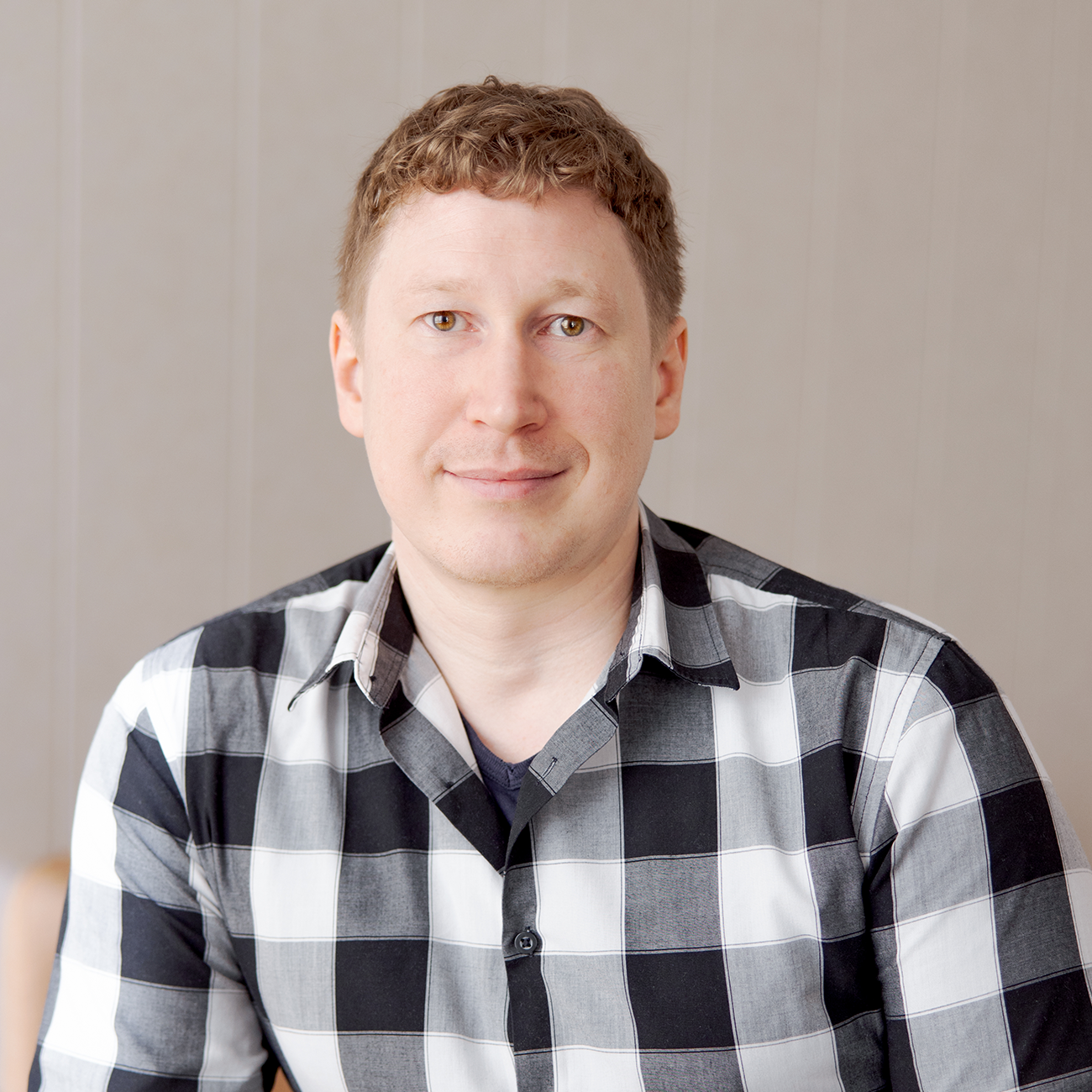Helsinki’s digital twin for mobility is developed further through pilots
Companies participating in the development of Helsinki’s digital twin for mobility received technical support, information about the network’s needs, confidence in the relevance of their work, and the opportunity to develop and test their solutions in a real urban environment.
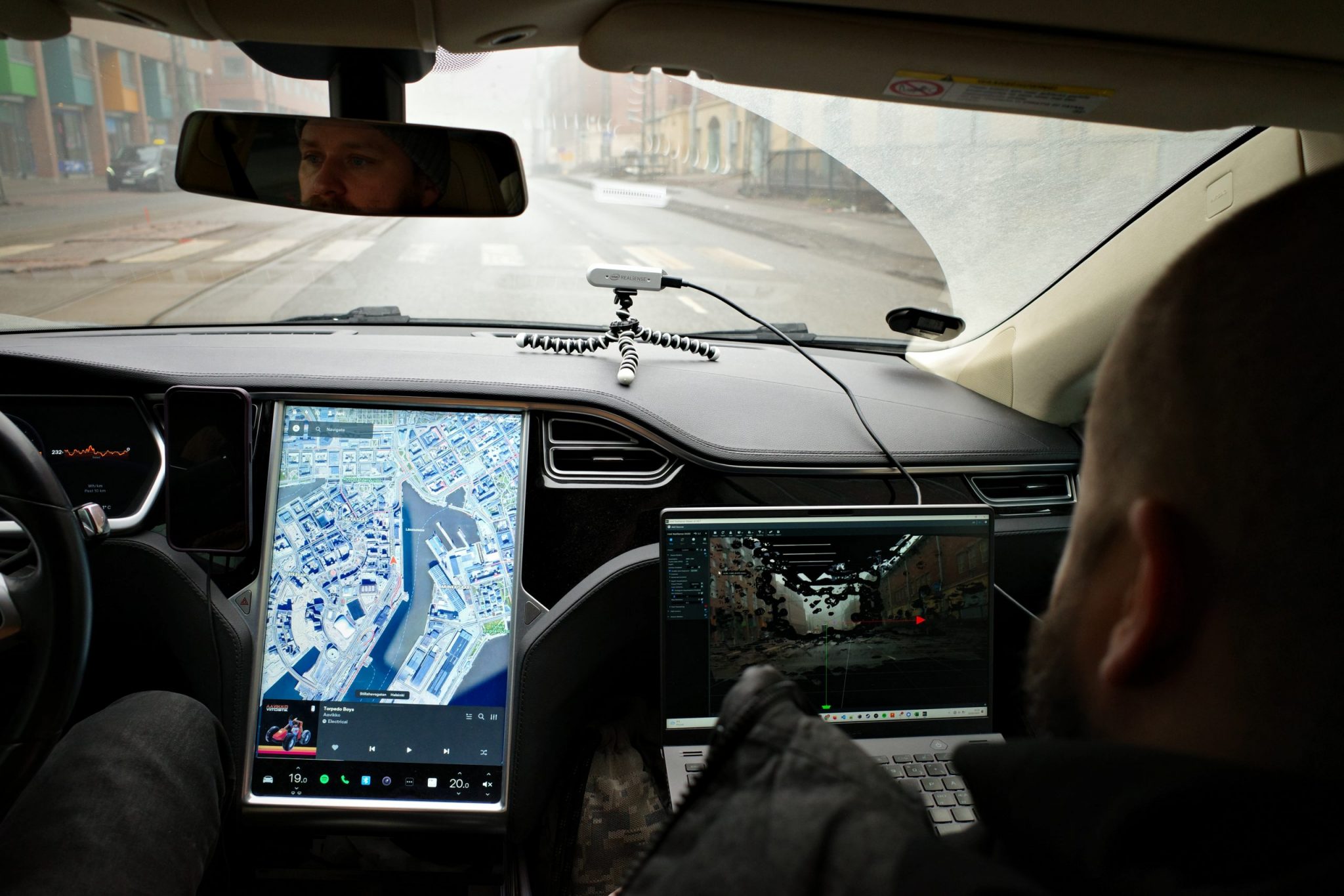
Business Helsinki and Forum Virium’s co-project, Mobility Lab Helsinki, supports the experimentation of new smart mobility services and technologies in a real urban environment together with companies, the City, research institutions, and residents. At the end of 2023, we organized pilots to develop Helsinki’s digital twin for mobility. The experiments aimed to explore e.g. artificial intelligence for identifying and classifying street traffic space and equipment, as well as to transform existing location data into new datasets. Three companies carried out the pilots: Gispo, Webion, and Sitowise.
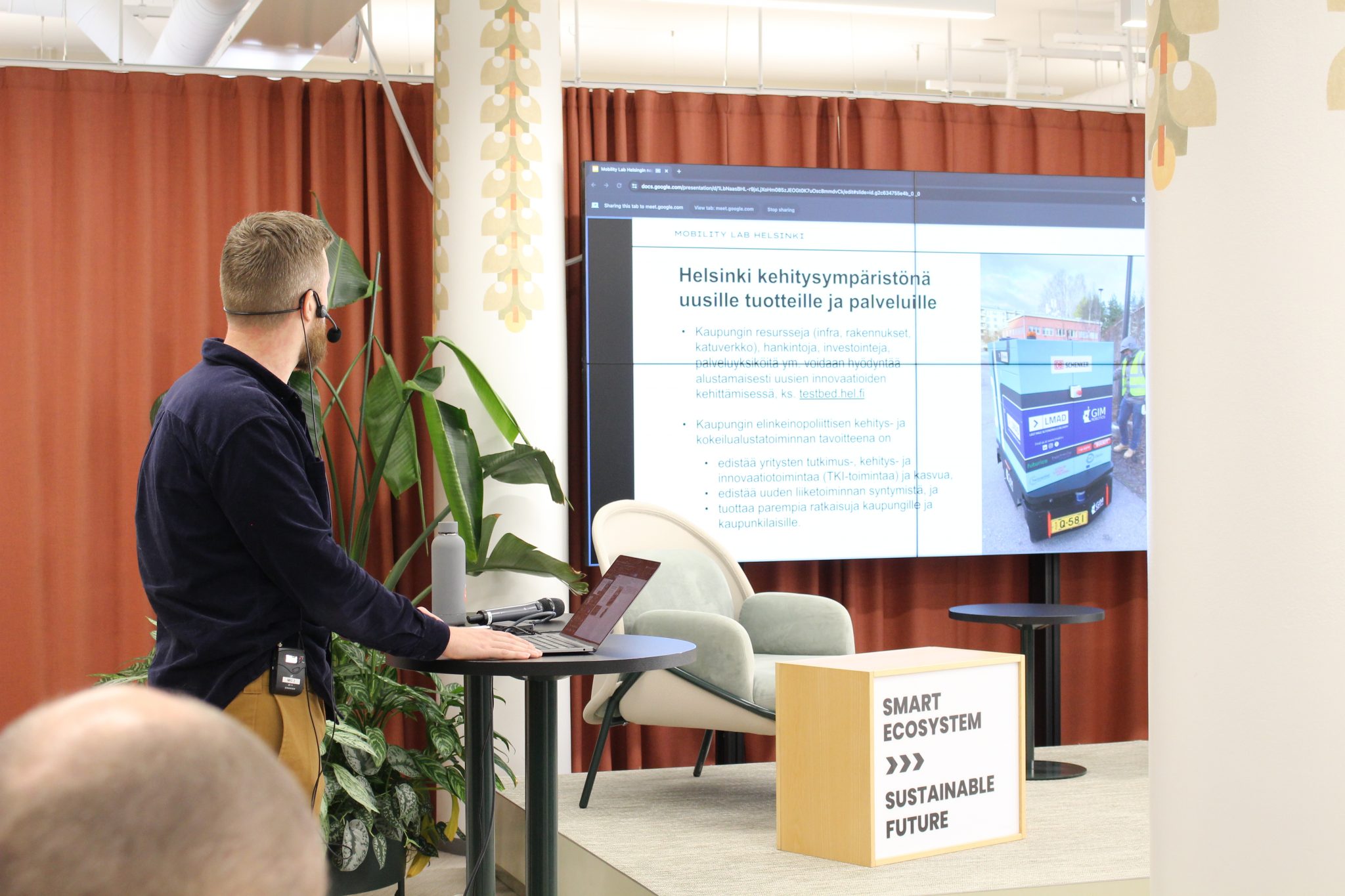
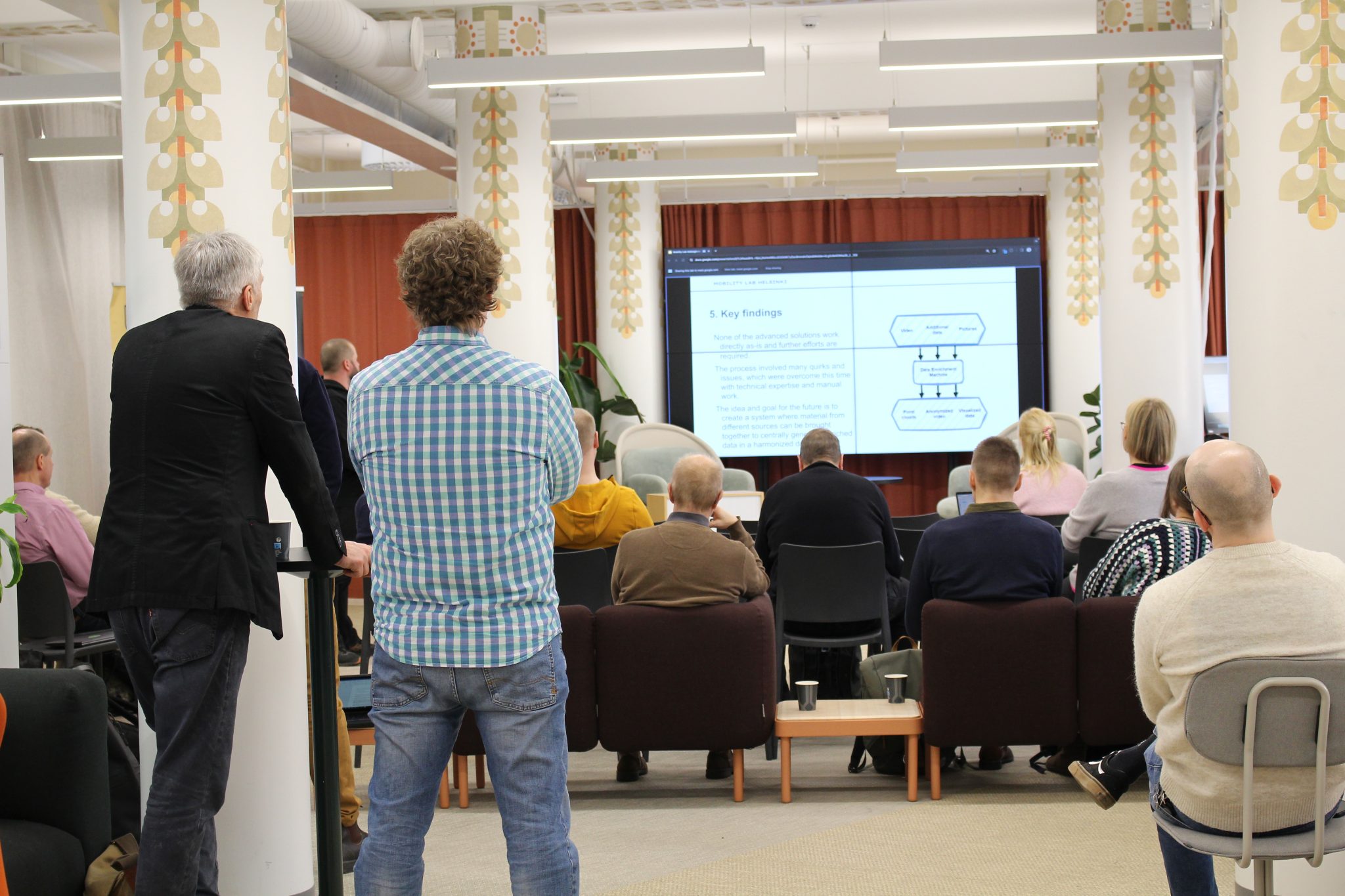
Developing the digital twin
Meri Malmari from Gispo explains the concept of the digital twin on point:
— The definition and interpretations of the digital twin vary slightly depending on the context and speaker, but fundamentally, it involves modeling a real-world phenomenon, object, or process in the digital realm. When producing a digital version of the physical world, the result is often a three-dimensional representation on the screen. — For example, in an urban environment, there is much more than just physical structures and topography: it includes people, activities, and movements. A true digital twin can only be discussed when the digital model of the physical environment also incorporates the actions and processes occurring there. This provides a versatile tool for tasks such as urban planning or preparing for exceptional situations.
Gispo examines 3D phenomena from the perspective of spatial data. In our experiment, their goal was to increase the usability of the city’s 3D datasets by enabling broader utilization of 3D data within the city organization.
— I greatly appreciate, that such experiments are made possible. It was interesting to be involved and to finally have a genuine opportunity to try and test something we truly want to delve into. The support and technical expertise we received from Mobility Lab Helsinki during the experiment were exceptional. Thanks to the pilot we could learn more, train functionalities, and actively participate in development. It feels meaningful to contribute to the genuinely needed development of Helsinki’s digital twin, says Malmari.
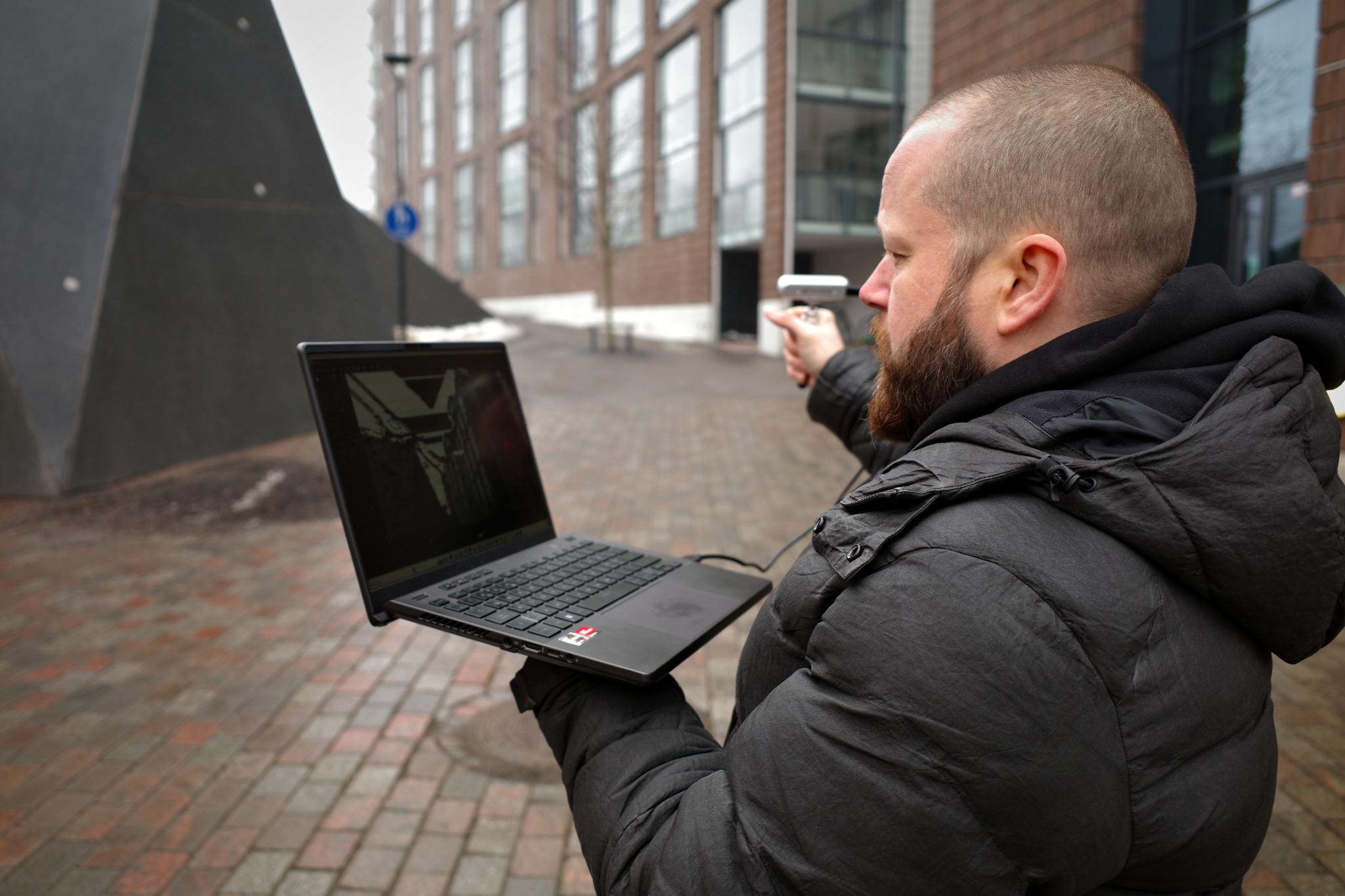
Mobility Lab Helsinki as a testbed
Webion participated in the experiment with the goal of developing urban space measurement. Their long-term plan is to advance the development of digital twins for cities and maintenance. In the experiment, street-level image material was refined using artificial intelligence.
— The most useful aspect of the experiment was getting to know various stakeholders in the city and engaging in discussions with those who will utilize our technology and have a genuine need for development. It feels like our abilities and expertise truly aligned with the city’s requirements, reflects Peter Tapio from Webion.
– The pilot supported our development and provided something actually useful for the city. In this successful experiment we gained new ideas for further improvements and explored, how our solutions could be made accessible to others, he adds.
Sitowise developed a novel and easily scalable method in the experiment. This method involves analyzing and classifying mobile imaging data for the enhancement of traffic infrastructure asset management. The analysis is performed automatically using commercial tools and artificial intelligence algorithms.
— Taking part in the experiment was definitely worthwhile. It was valuable to learn, that our expertise is in demand. From a development perspective, this was a fantastic opportunity for us to try something new and advance our solution. We learned a great deal by experimenting in a real urban environment, reflects Jouni Rantanen from Sitowise.
The results of the pilots were presented at Mobility Lab Helsinki’s event – watch our video!
Photos: Jussi Knuuttila, Forum Virium Helsinki & Ella Niemi, Testbed Helsinki
